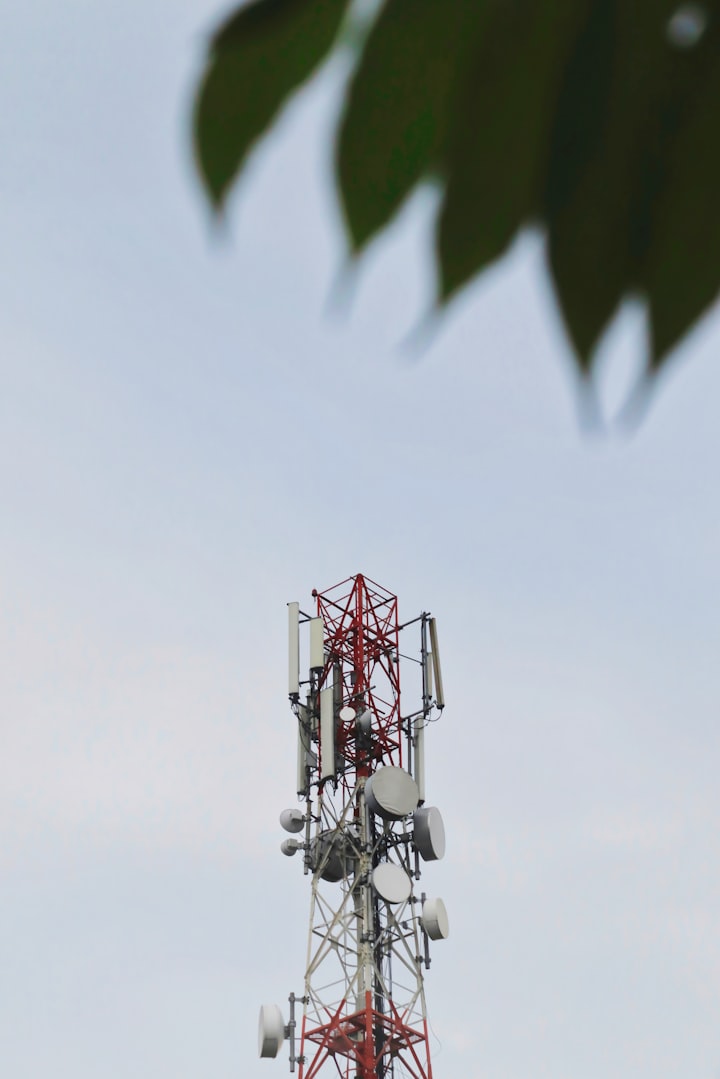
The development and deployment of 5G technology has been a significant technological advancement with the potential to revolutionize various sectors and improve connectivity in unprecedented ways. 5G, short for the fifth generation of wireless technology, promises faster speeds, lower latency, and greater capacity compared to its predecessors.
One of the key impacts of 5G technology is its ability to enhance mobile communications. With significantly faster download and upload speeds, users can experience seamless streaming, high-quality video calls, and faster data transfer. This has implications for a wide range of industries, including entertainment, gaming, telemedicine, and virtual reality, where real-time, high-bandwidth connections are crucial.
5G technology also has the potential to drive innovations in autonomous vehicles and smart transportation systems. The low latency and high capacity of 5G networks enable real-time communication between vehicles, traffic infrastructure, and other connected devices. This can improve road safety, traffic management, and efficiency in transportation networks.
Moreover, the Internet of Things (IoT) is expected to benefit greatly from 5G technology. With its ability to connect a vast number of devices simultaneously, 5G networks can support the massive data exchange required for IoT applications. This opens up possibilities for smart homes, smart cities, industrial automation, and various other applications where interconnected devices play a central role.
The deployment of 5G technology also holds promise for industries such as healthcare, education, and agriculture. In healthcare, for example, 5G networks can enable remote surgeries, telemedicine services, and real-time health monitoring. In education, it can facilitate virtual classrooms, remote learning, and personalized educational experiences. In agriculture, 5G can support precision farming techniques, enabling farmers to monitor and control their operations with greater efficiency.
However, the widespread deployment of 5G technology also brings challenges and considerations. The implementation of 5G infrastructure requires significant investments in upgrading existing networks, building new infrastructure, and ensuring sufficient coverage. Additionally, concerns have been raised regarding cybersecurity, privacy, and potential health effects associated with increased exposure to radiofrequency radiation.
Furthermore, the availability of compatible devices and ensuring universal access to 5G networks across different regions and populations remains a challenge. The digital divide and affordability of 5G services are important considerations to ensure equitable access and prevent further marginalization of underserved communities.
In conclusion, the development and deployment of 5G technology have the potential to bring about transformative changes in various sectors. With its increased speed, low latency, and high capacity, 5G can revolutionize mobile communications, IoT, autonomous vehicles, healthcare, education, and more. However, it is crucial to address challenges related to infrastructure, cybersecurity, privacy, and accessibility to ensure the widespread benefits of this technology are realized for all.
In addition to the technological advancements and potential benefits, the development and deployment of 5G technology have sparked significant interest and debate among industry stakeholders, policymakers, and the public. The implementation of 5G networks requires the installation of a dense network of small cell towers and infrastructure, as well as the allocation of new radio frequency (RF) spectrum. These factors have raised concerns and controversies in several areas.
One area of concern is the potential health effects of increased exposure to RF radiation. While studies conducted so far have not provided conclusive evidence of harmful effects, some individuals and organizations have expressed concerns about the long-term impact of 5G technology on human health. As a result, regulatory bodies and governments have set guidelines and standards to ensure that the deployment of 5G networks adheres to safety measures.
Another area of contention is the geopolitical competition surrounding 5G technology. The development of 5G networks has become a focal point in global technology competition, with countries striving to gain leadership in this area. This has led to concerns about data security and privacy, as well as the influence of certain countries or companies in shaping the technological landscape and potentially compromising national security.
Furthermore, the deployment of 5G technology has raised questions about the digital divide and equitable access to connectivity. While 5G promises faster speeds and enhanced capabilities, there are concerns about whether rural areas and underserved communities will have equal access to these benefits. Bridging the digital divide and ensuring equitable access to 5G networks will be crucial to prevent further marginalization and foster inclusive development.
Moreover, the widespread implementation of 5G technology will require significant investments in infrastructure, including the deployment of new cell towers and the upgrade of existing networks. This poses challenges for telecommunications companies, governments, and regulators in terms of funding, coordination, and ensuring seamless integration with existing infrastructure.
Overall, while the development and deployment of 5G technology offer substantial advancements and opportunities, there are legitimate concerns and considerations that need to be addressed. It is essential for stakeholders to engage in transparent dialogue, address potential risks, and ensure that the deployment of 5G networks is done in a responsible, safe, and inclusive manner. By doing so, the benefits of 5G technology can be harnessed effectively while mitigating potential challenges and risks.
About the Creator
Noel
Ink and Inspiration: The Journey of a Powerful Writer
be-blessed






Comments
There are no comments for this story
Be the first to respond and start the conversation.